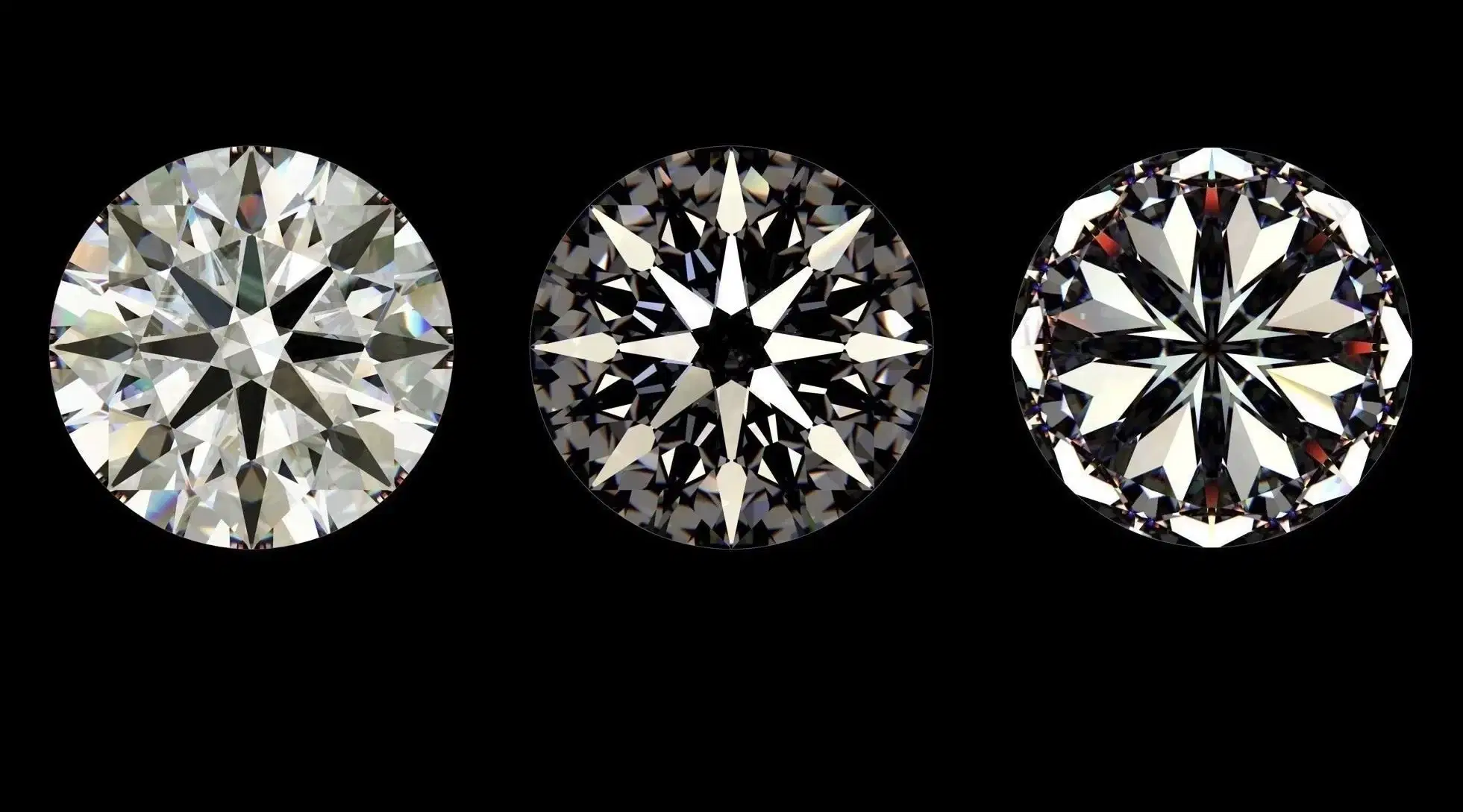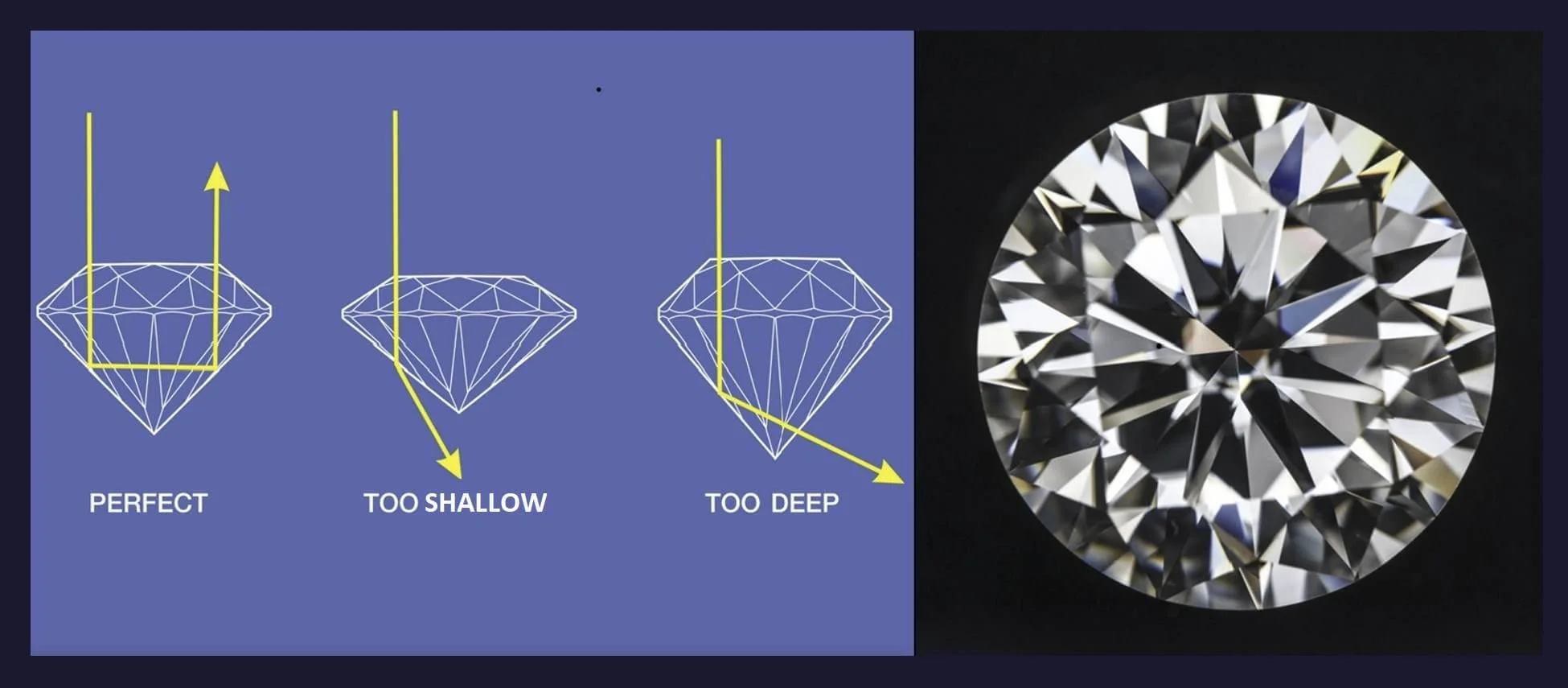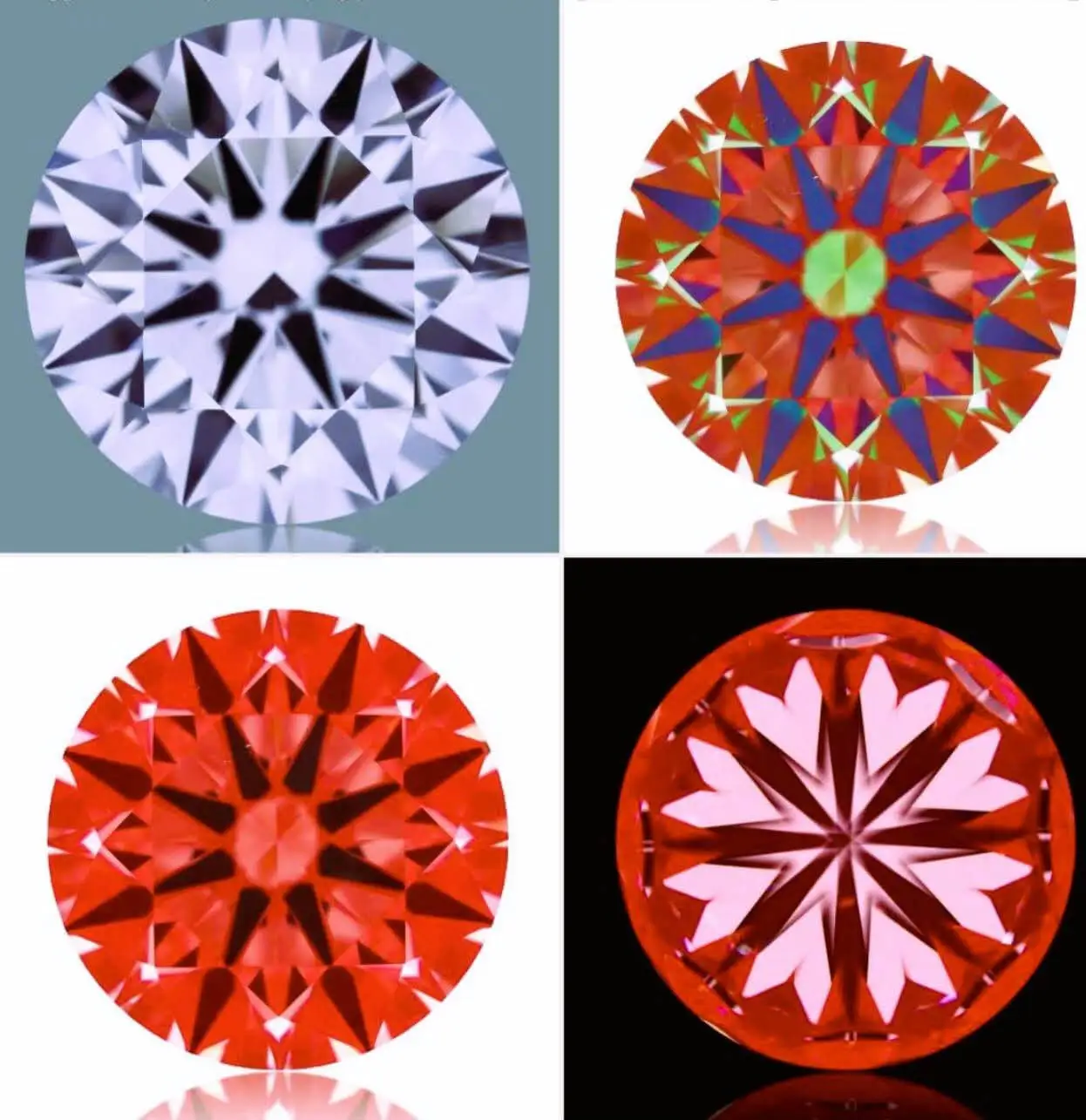Diamonds have been
used for various purposes throughout history. The first mention of diamonds in
ancient texts was in a Sanskrit manuscript written between 320 and 296 by a minister in northern India. While diamonds have been used for millennia, the history of studying their brilliance is shorter.
Around the 13th
century in Europe, diamonds became associated with monarchies and
aristocracies, set against pearls and gold as accent pieces. As centuries passed, diamonds became more prominent features in jewelry for the wealthy, which
was greatly due to the understanding of diamond faceting. When diamond faceting
was developed, the jewelers of the time found that the brilliance and fire of
the diamonds were greatly enhanced, making them more attractive to wear than
ever before. In the 17th century, the diamond became the small staple gemstone
in high-class jewelry. By the 18th century, they had also become the
most sought-after large gemstones. This increase in interest would have happened to a different degree if the brilliance of diamonds had not been studied.
Since the more brilliance a diamond has, the more it reflects light, royals
wearing diamond pieces would sparkle, making them seem even more impressive
than they would have been otherwise.
While the world's
royalty tried to obtain diamonds throughout the centuries, it was only at the
end of the 19th century that the role of diamonds faced a change. The first
event that affected them was the discovery of immense diamond deposits in South
Africa in the 1870s. This meant that diamonds could be procured much more
efficiently than ever before, and you did not need to be royal to have one. The
other big event was that, following the fall of Napoleon III of France, the
French crown jewels were sold to Tiffany & Co. of New York and taken to the
United States. Under the electric and gas lighting that had been steadily
increasing around New York at the time, the brilliance of the diamonds was able
to show off to a level that had never been seen before.
As a result of Tiffany & Co.'s discovery and presentation of the crown jewels, jewelers learned
the importance of displaying diamonds with the ideal illumination to make the
stones' brilliance stand out. Since where the light comes from will affect
the look of a diamond's brilliance, fire, and sparkle, most jewelers display
diamonds in bright spotlights. If the jeweler wants to present the diamond's
brilliance to the highest degree, they may use fluorescent illumination.
However, doing so may come at the cost of dulling the fire and sparkle of the
diamond.




